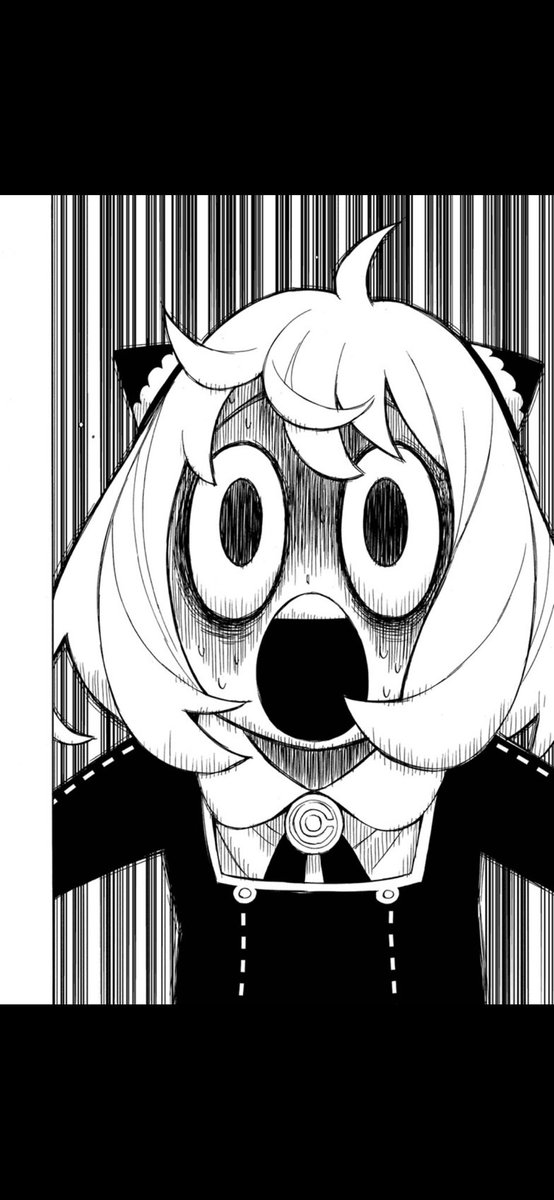Star Wars: The Rise and Fall of Darth Vader (4/5)
So despite this book's status as JF fiction, and that it's only around 200 pages, this was actually a pretty decent read.
The title pretty much gives the premise away, but basically, this is effectively a series of 'snapshots' for Vader/Anakin, ranging from his arrival on Tattooine at the age of 3 as a slave alongside his mother, ending with his final appearance in Return of the Jedi (given when it was written, no sequel trilogy nonsense, thank you very much). This is mostly good, but not perfect. Thing is, the book has to compress six movies, plus associated material, into 200 pages, with none of those pages actually being 'letter dense.' As a result, the book alternates between depicting actual scenes and summarizing them, and the choices made aren't always effective IMO (did we really need a step-by-step for Anakin's podrace?). Also, the book makes heavy use of EU material, such as stuff that happened in the three year gap between Episodes 4 and 5 for instance, that I imagine would confuse people who haven't trawled through Wookiepedia.
Still, like I said, for the most part, the book works. It's not like it's doing anything new per se - Vader's a tragic figure, and other books have captured this far better - but what it does, it does well, and we see how step by step, Anakin is slowly turning to the Dark Side. Or to be more broad, how his seeds for aggression have their roots in his childhood. For instance, even if it's only in summary, the book quickly establishes how the space between episodes 1 and 2 aren't that good for Anakin, given that he has to deal with his frustration at the Jedi's pacifity (the Senate isn't interested in Outer Rim slavery, and the Jedi obey the Senate), and feels distrusted by the Order as a whole, given his late age, his raw power, and his slave background. As another example, jumping ahead to Episode V, we see Vader looking at 3PO's head after he's blasted by the stormtroopers, and bitterly reflecting "I should have left you in the desert." There's a good sense of linkage between the boy Anakin was, and the monster he became, and how his regrets and hatreds dictate his actions in Episode VI. If you're looking for something approaching the character depth of the Revenge of the Sith novelization for Anakin/Vader, you're not going to find it here, but as its own thing? Pretty good.
So despite this book's status as JF fiction, and that it's only around 200 pages, this was actually a pretty decent read.
The title pretty much gives the premise away, but basically, this is effectively a series of 'snapshots' for Vader/Anakin, ranging from his arrival on Tattooine at the age of 3 as a slave alongside his mother, ending with his final appearance in Return of the Jedi (given when it was written, no sequel trilogy nonsense, thank you very much). This is mostly good, but not perfect. Thing is, the book has to compress six movies, plus associated material, into 200 pages, with none of those pages actually being 'letter dense.' As a result, the book alternates between depicting actual scenes and summarizing them, and the choices made aren't always effective IMO (did we really need a step-by-step for Anakin's podrace?). Also, the book makes heavy use of EU material, such as stuff that happened in the three year gap between Episodes 4 and 5 for instance, that I imagine would confuse people who haven't trawled through Wookiepedia.
Still, like I said, for the most part, the book works. It's not like it's doing anything new per se - Vader's a tragic figure, and other books have captured this far better - but what it does, it does well, and we see how step by step, Anakin is slowly turning to the Dark Side. Or to be more broad, how his seeds for aggression have their roots in his childhood. For instance, even if it's only in summary, the book quickly establishes how the space between episodes 1 and 2 aren't that good for Anakin, given that he has to deal with his frustration at the Jedi's pacifity (the Senate isn't interested in Outer Rim slavery, and the Jedi obey the Senate), and feels distrusted by the Order as a whole, given his late age, his raw power, and his slave background. As another example, jumping ahead to Episode V, we see Vader looking at 3PO's head after he's blasted by the stormtroopers, and bitterly reflecting "I should have left you in the desert." There's a good sense of linkage between the boy Anakin was, and the monster he became, and how his regrets and hatreds dictate his actions in Episode VI. If you're looking for something approaching the character depth of the Revenge of the Sith novelization for Anakin/Vader, you're not going to find it here, but as its own thing? Pretty good.

